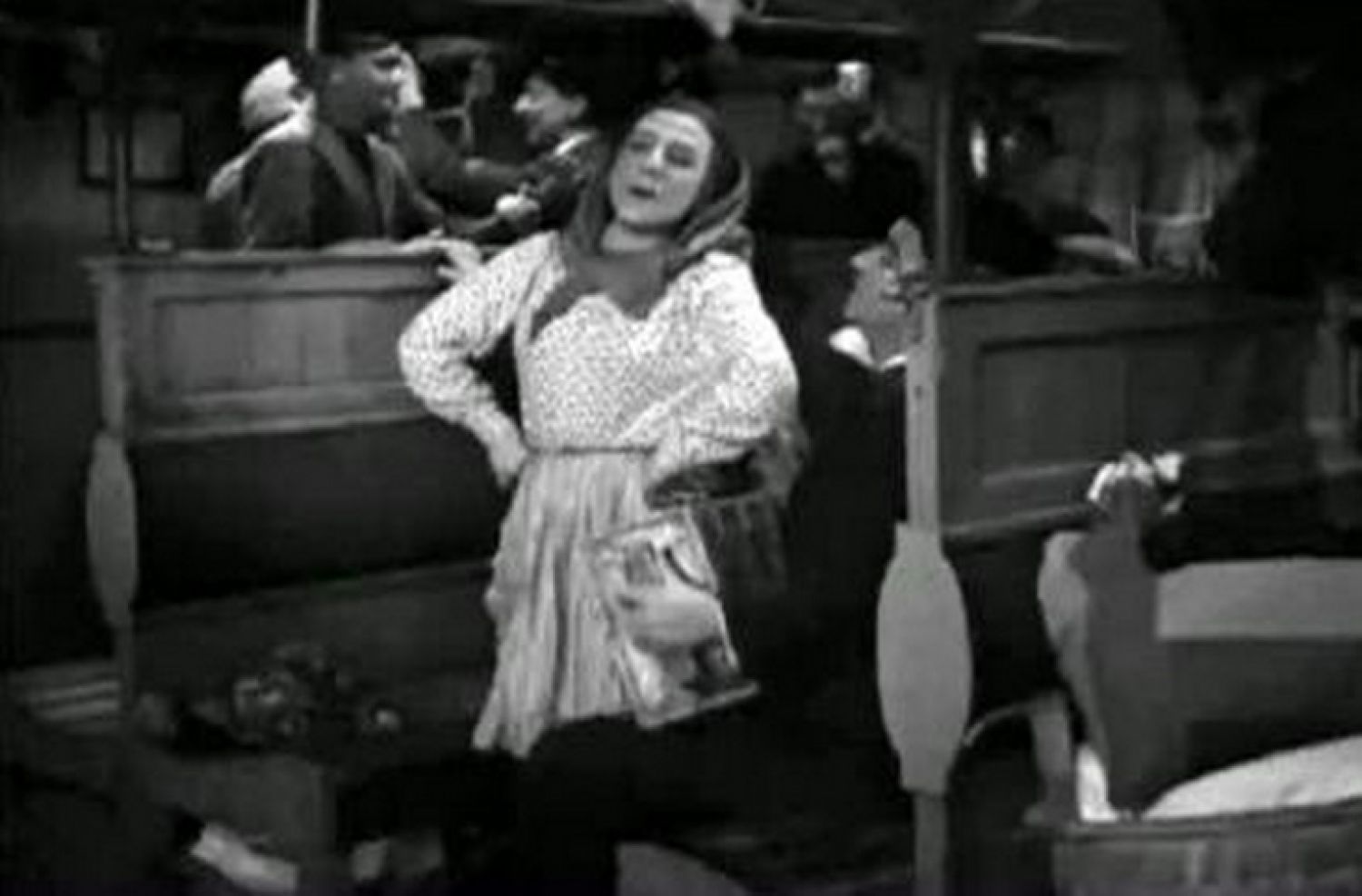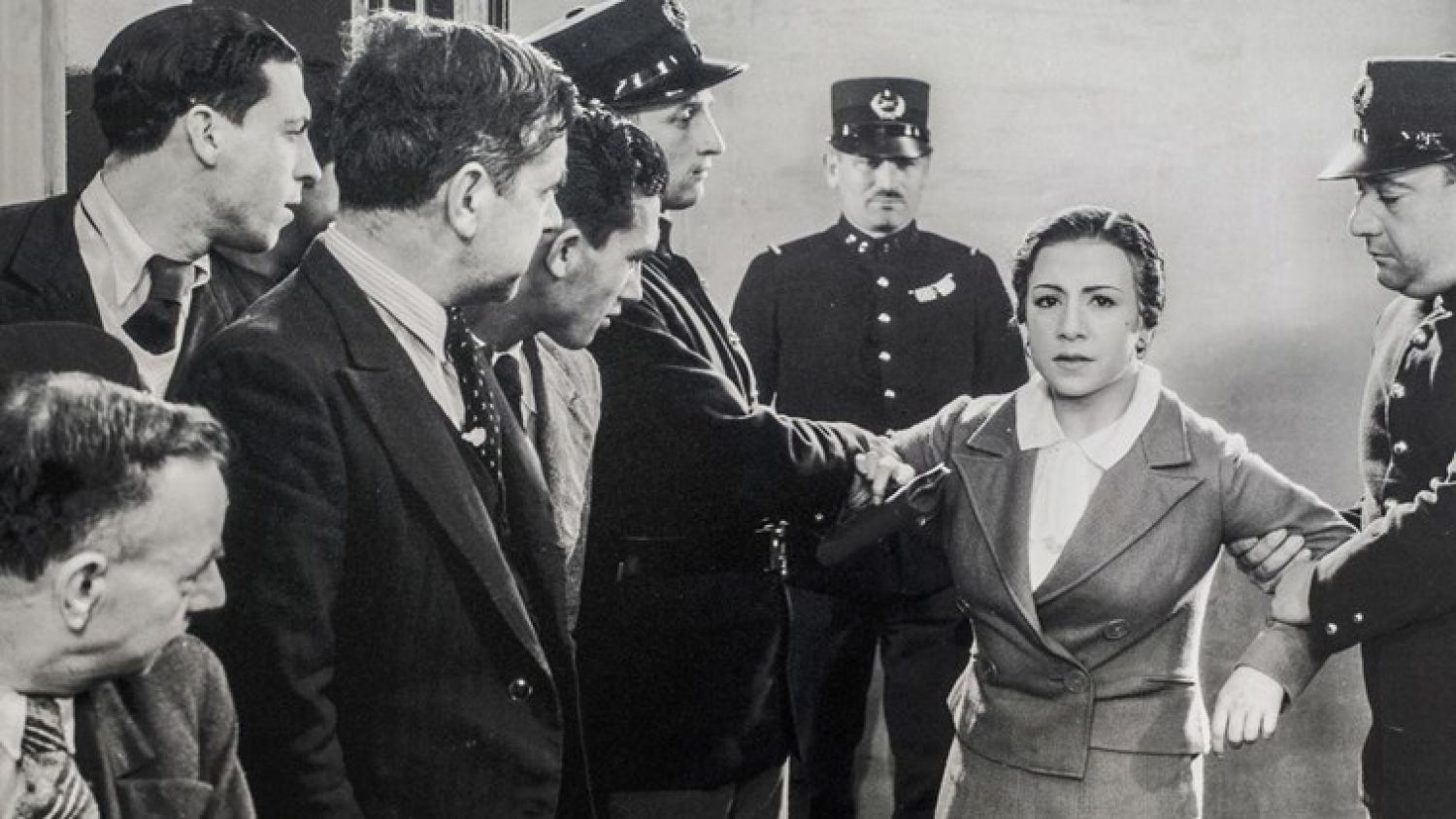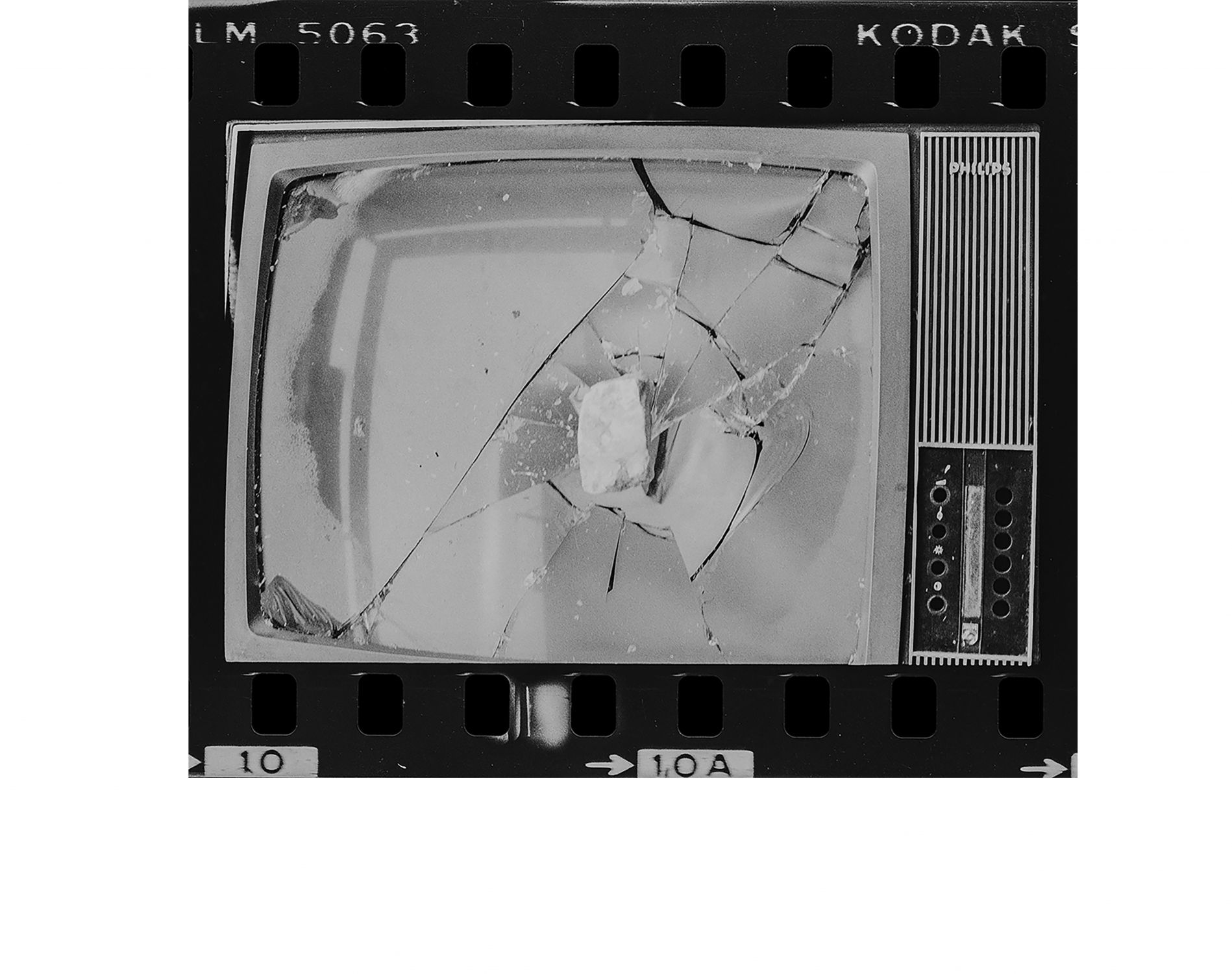Cinema as a Vehicle of Ideology: Maria Papoila
Ricardo Vieira LisboaTo picture a breach in Estado Novo’s Portuguese cinema when watching Maria Papoila (1937) is at the very least an effort. In fact, to think of Leitão de Barros’s film as an object of insinuation, implicit political messages and deviant behaviors is a similar exercise to finding the military capabilities of a white glove. Nevertheless I chose Maria Papoila instead of many other films which could easily represent breaches in António Ferro’s spiritual politics: just consider some of Manuel Guimarães’ films which were completely butchered by the censors, or for instance Catembe (1964) which got 103 cuts reducing its length to half, as well as many other of Cinema Novo’s first films, like Pássaros de Asas Cortadas (1963) and those of António Macedo and Paulo Rocha. Since those films are so notoriously disruptive and their intentions are so evidently political I think that the subversive strength of a «popular comedy» like Maria Papoila is much more significant the more discreet are its deviations and intentions; (probably much of it is involuntary – but is it not that all propaganda art ends up reflecting the weaknesses of the regime it tries to protect and defend?). In a way this is what happens today with most blockbuster films, since they are the perfect polished and critical reflection of our days and our capitalistic society that produces, distributes and consumes them – And those films are all the better when they are conscious of such a system and exhibit it in a truly reactionary way, see Furious 7 (2015).

Back to the film, Maria Papoila has an uniqueness that makes it an exception in Portuguese cinema: (1) it is the single (relevant) appearance of Mirita Casimiro in cinema, a young singer and vaudeville artist from the inner Portugal who came to Lisbon in the mid-thirties and premiered with a part in a revista theatre piece Viva a Folia, in which she played someone much like herself, a traditional folklore singer, joyful and unpretentious, who, in between songs, mocked the progressive ways of the «big city» and for that she immediately became a huge popular figure in Lisbon stages; (2) Leitão de Barros decided to capitalize on her popularity and partenered up with Campos Figueira who was very influential in the theater scene and both produced the film (with a production company that only produced this film, something not that unusual) that served mainly as a vehicle to the rising actress; (3) it is the first film in which Vasco Santana co-wrote the script and also the only sound comedy of De Barros who would specialize in boring period films and institutional documentaries through the next decade; (4) it is one of the first Portuguese films to be cut up by the censors – since censorship in cinema in Estado Novo only started with the outbreak of the Spanish civil war –, more or less four minutes that were restored by the Cinemateca Portuguesa and that included Maria’s military «boyfriend» desertion.

More than just an exception, the interesting point in Maria Papoila is the fact that one senses it is still a very underdeveloped propaganda film, and exactly for that reason, it gives away its more political motifs. If the purpose of the film was to create an idyllic picture of the rural countryside in all its altruistic goodwill against a vicious and immoral urban area these intentions were destroyed by the protagonist’s fascination with Lisbon. Besides, Maria Papoila is different from the «rose like rurality» of many other Estado Novo films by depicting the migration of poor people from the country side to the cities – at some point one listens to a song that says «Goodbye my village, I am not thinking of coming back». Moreover, unlike what would become the norm in the «Portuguese like comedies», this film does not center on the lower middle class who would replicate in small neighborhoods the feeling of living in a village, it does center on the lower classes, the servants and the cadets, those who served the higher classes who lived in the best parts of town – many would call this and other pictures like this «hillbilly movies». It is interesting to analyze the way De Barros pictures the regime’s great monument to knowledge, built at the time, the Instituto Superior Técnico, in comparison to how António Lopes Ribeiro’s film A Revolução de Maio (1938) does it. In the latter this is the place where a dangerous communist converts himself to the wonders of the regime after visiting the statistics department, while Mirita Casimiro looks at the building thinks that it is in fact an enormous church – which is not that far off from the truth from an architectonic point of view – highlighting the Estado Novo’s parochialism and its inability to present itself as a great world power (and it did try it immensely).
For all this it is not by chance that João Bénard da Costa would call De Barros’ film «the most interesting work from the middle-thirties that survived until this day». In fact, the way the film gets close to those people who arrive at a strange city and feel alienated is the strength of the new cinema of the sixties – when for the first time Maria Papoila began to be appreciated. Is it not the same strange feeling of living in a new city that Maria Papoila, Júlio from Os Verdes Anos (1963) and the other Maria of Dom Roberto (1962) share? The same desire for discovering the world, for leaving the small villages in which they were born, and the same sadness in finding out that their country is a small one, made smaller by theirs compatriots. There is a will for change and a wall called Estado Novo. Maria Papoila is therefore much more the sad portrait of a country trying to hide its smallness and to a much lesser degree «a lesson to the masses to teach the futile dangers of cosmopolitanism and sophistication existent at the rich milieus»[1].
Footnotes
- ^ CADAVEZ, Maria Cândida Pacheco. (2012). A Bem da Nação. As Representações Turísticas no Estado Novo entre 1933 e 1940. P.h.D. Dissertation, Faculdade de Letras da Universidade de Lisboa, p. 241.




